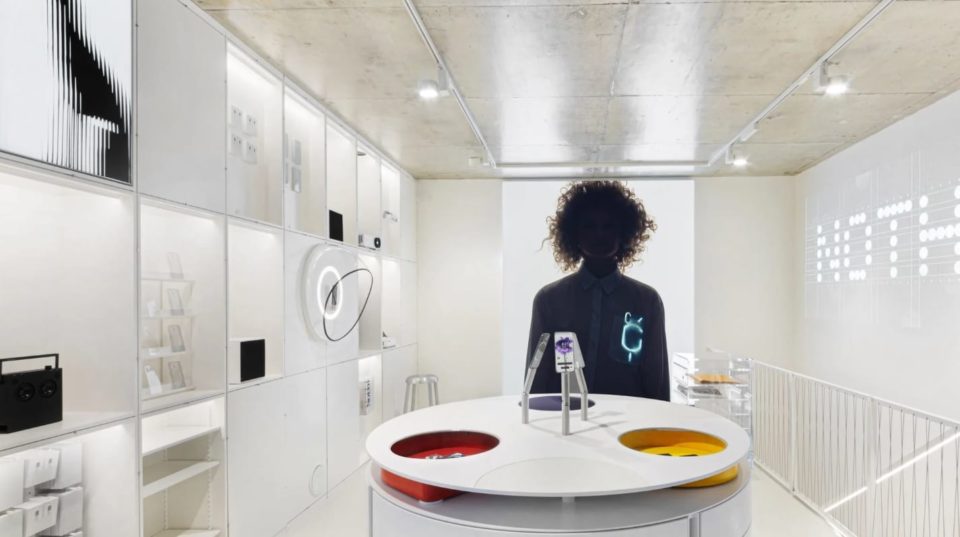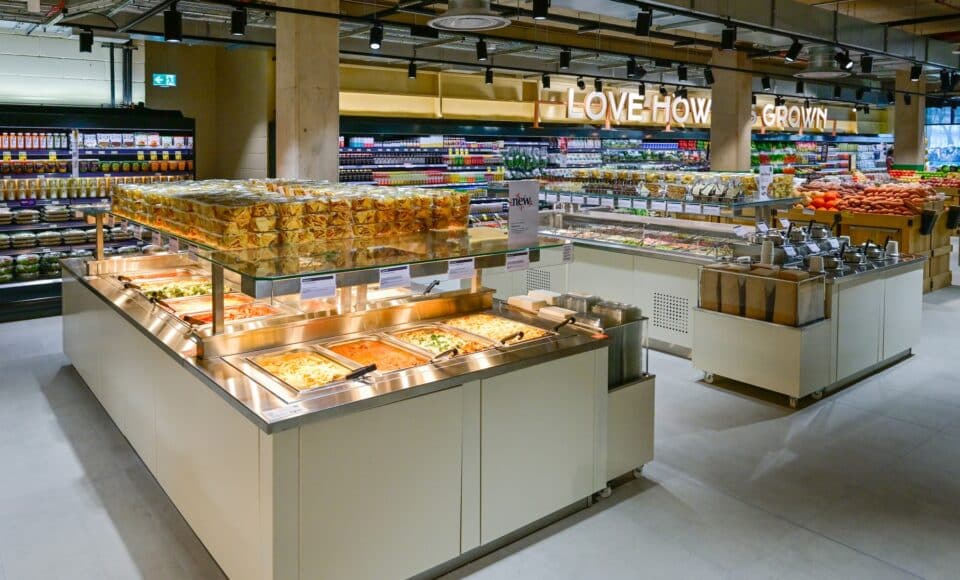“Faster than Shein”: How Arkivet are changing re-sale

Wandering around Selfridges this week, I suddenly remembered the pledge it made in 2022.
This pledge was bold and remarkable. Selfridges would make nearly half of its transactions come from circular services and products by 2030.
It’s undoubtedly driven some great innovation within the business. And the PR in the aftermath of the statement was enormous and undeniably positive.
But this day, in the store, I just couldn’t tangibly see or feel what was happening. There was “Reselfridges” – its product resale areas. The rental section was there somewhere. There were, as always, lots of progressive brands in the store.
The thing that struck me, however, was that the re-sale wasn’t really integrated meaningfully. And it occurred to me that in most in-store retail that I see all over the world, it’s the same problem.
There’s a product activation area that shows you a sneaker made from plastic. There’s the second-hand or vintage area, separate to the new product. There’s the beautiful repair and recycle area downstairs that looks amazing – but never seems to be used.
I see this absolutely everywhere, from Arket and Uniqlo to Adidas and Nike, all across Western Europe and the US. Good concepts that feel peripheral.
But in Scandinavia, something different is taking shape – and I think it shows everyone else the future of making this work.
To read the rest of this post, subscribe to our Substack newsletter for free.
Subscribe to the Insider Trends Substack newsletter to get to exclusive insights that we don’t share anywhere else. You can expect more detailed thoughts on the trends we are seeing around the world at the frontline of new retail concepts and what it all means.



